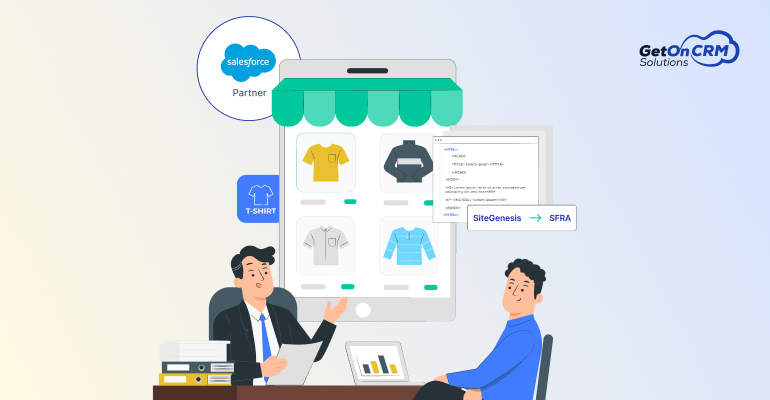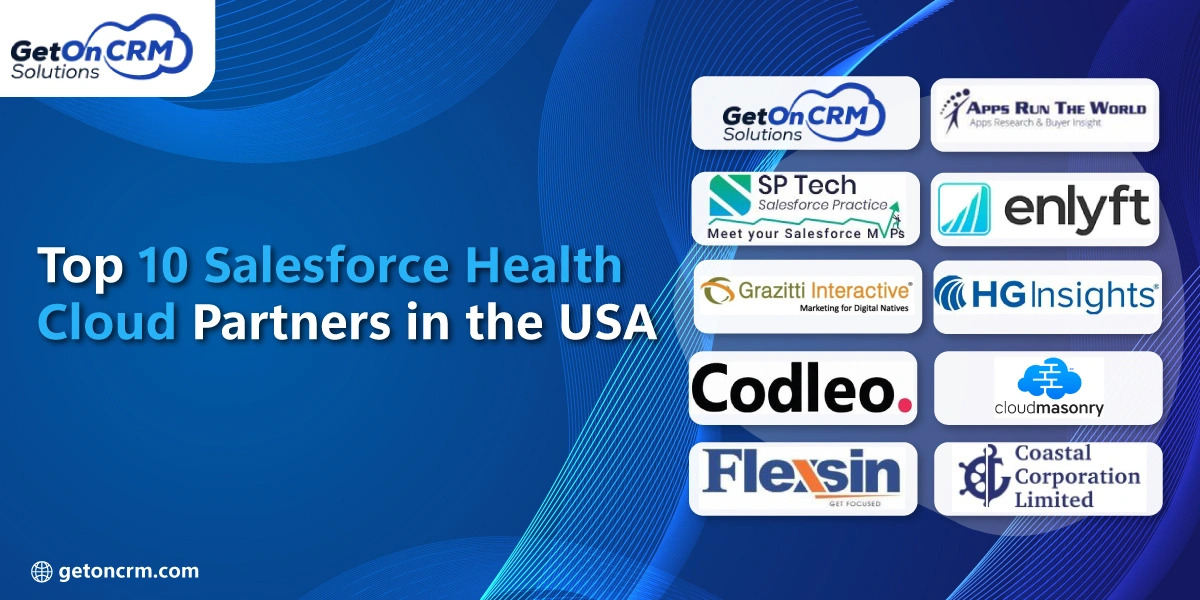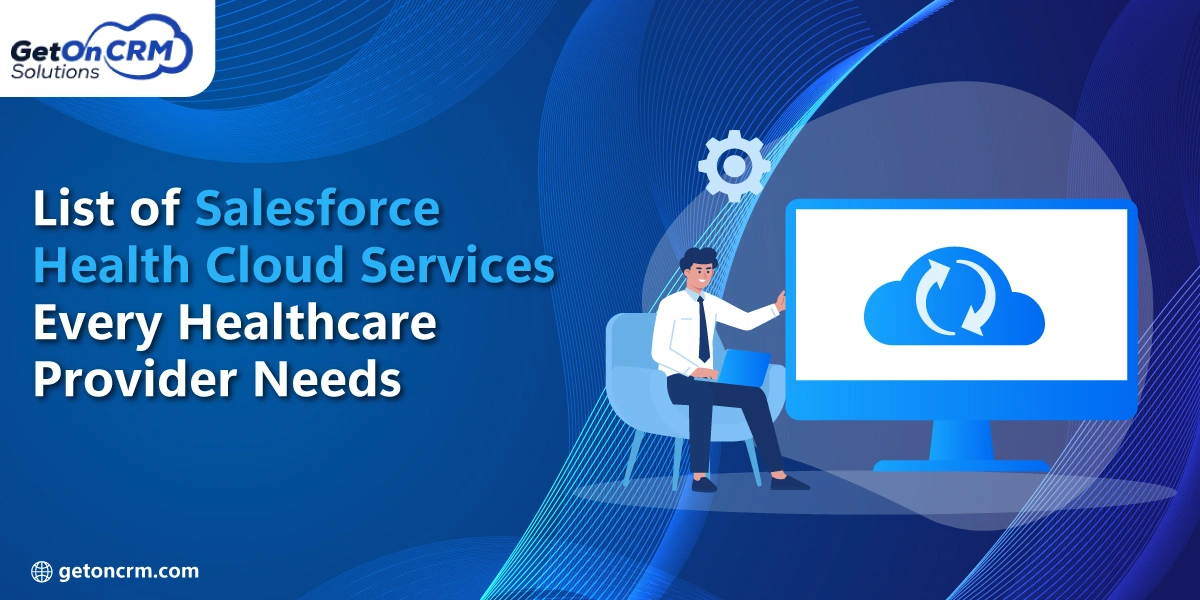As the digital realm evolves at a breathtaking pace, eCommerce platforms have no choice but to keep pace. SiteGenesis has been a trusted companion for countless eCommerce businesses, providing robust and customizable solutions. However, with Salesforce introducing a cutting-edge architecture, Storefront Reference Architecture (SFRA), that offers enhanced flexibility, superior performance, and an array of advanced features, it’s time for eCommerce brands to contemplate migration. This comprehensive guide aims to shed light on every aspect of migrating from SiteGenesis to SFRA – benefits, challenges, and step-by-step process – empowering eCommerce brands to make an informed decision.
Understanding SiteGenesis and SFRA
SiteGenesis, Salesforce’s legacy eCommerce platform, has been a reliable workhorse, powering various online stores with its customizable elements and comprehensive structure. It has served brands effectively, enabling unique and engaging shopping experiences. However, as the digital landscape grows more intricate and customer expectations rise, SiteGenesis may need help accommodating future requirements.
Enter SFRA, Salesforce’s new-generation eCommerce architecture. With a mobile-first approach and modern design principles, SFRA caters to the dynamic needs of the contemporary eCommerce world. Its modular development, scalability, and enhanced user experience give SFRA an edge over SiteGenesis, compelling brands to consider this upgrade.
Critical Differences Between SiteGenesis and SFRA
SiteGenesis and SFRA both come with their unique features and strengths. SiteGenesis is known for its straightforward deployment and simplicity, while SFRA stands out with its robust, customizable, and mobile-optimized capabilities.
From a performance standpoint, SFRA outperforms SiteGenesis, primarily due to its emphasis on mobile-first architecture, ensuring faster load times and smoother navigation on mobile devices.
Regarding technical differences, SFRA offers a more flexible and modular architecture, allowing developers to build and modify features without affecting other components. This architectural difference enhances efficiency and reduces the risk of errors or crashes.
The Need to Migrate from SiteGenesis to SFRA
Despite SiteGenesis’s reliable performance, certain limitations are coming to the fore as the digital world advances. For example, the absence of a mobile-first design could potentially alienate a considerable demographic of mobile shoppers, affecting sales.
In contrast, SFRA offers an array of advantages. Its superior performance, scalability, and enhanced user interface cater to modern consumers’ requirements, enhancing the shopping experience. Improved SEO capabilities ensure higher visibility in search engine results, driving organic traffic and sales. In light of these advantages, migration to SFRA is necessary for progressive eCommerce brands.
Benefits of Migrating from SiteGenesis to SFRA
Migrating to SFRA offers several significant benefits. Firstly, the platform’s mobile-first and modular design improves site performance. According to Google, a delay of just one second in page load time can lead to a 7% conversion loss. With SFRA’s faster page load times, businesses can significantly enhance user experience and reduce bounce rates.
Furthermore, the enriched user experience SFRA offers facilitates a more personalized customer journey. For example, Amazon attributes up to 35% of its revenue to its recommendation engine, showcasing the power of personalization. SFRA’s advanced personalization capabilities can increase customer satisfaction, increasing conversion rates.
Lastly, SFRA’s superior SEO capabilities can significantly boost your website’s ranking on search engines. BrightEdge says organic search accounts for 53% of all website traffic. By improving SEO performance, SFRA can drive more organic traffic to your site, increasing the likelihood of conversions.
Challenges in Migrating from SiteGenesis to SFRA
Migration, while beneficial, is full of challenges. Technical complexities, risks, and resource management issues are potential hurdles businesses face during the transition. However, with a well-planned strategy, these challenges can be successfully mitigated.
One of the primary challenges is maintaining business continuity during migration. A study by IDC showed that infrastructure failure can cost businesses between $100,000 and $500,000 per hour. Hence, planning for minimal downtime during migration is crucial.
Additionally, dealing with technical complexities, such as data migration and integrating existing features, can take time and effort. But these complexities can be effectively addressed with the right expertise and resources.
Lastly, the cost factor must be considered. According to Gartner, unplanned downtime can cost up to $5,600 per minute. Balancing the cost of migration against the potential benefits is critical to a successful transition. “15px”]
Also Read: How to Integrate Salesforce with Your Manufacturing ERP System
Planning the Migration from SiteGenesis to SFRA
Migration to SFRA requires meticulous planning to ensure a smooth transition. A comprehensive migration plan should outline the necessary steps, allocate responsibilities to the team, and set realistic timelines.
Identifying the features and data that need to be transferred, preparing for potential challenges, and creating a backup plan are crucial steps in planning. According to the Project Management Institute, poor planning is the cause of 37% of project failures. By allocating sufficient time and resources to planning, businesses can significantly increase their chances of a successful migration.
A Step-by-Step Guide to Migrating from SiteGenesis to SFRA
While potentially challenging, migration from SiteGenesis to SFRA can be broken down into manageable steps.
- Preparation: This stage involves readying your SiteGenesis platform for migration. Data mapping, reviewing custom features, and preparing a detailed migration checklist are vital tasks at this stage.
- Setting Up SFRA: The next step is to prepare your new SFRA platform. This process involves setting up the environment, configuring the platform, and implementing necessary customizations.
- Data Migration: Migrating data from SiteGenesis to SFRA is a crucial step that needs to be handled carefully. Understanding data dependencies and using the correct migration tools can help ensure data integrity.
- Testing: Post-migration, it’s essential to test the new platform thoroughly. Various aspects, such as site performance, SEO, user experience, and data accuracy, should be validated.
- Go-Live: Once testing is complete and all issues are resolved, the SFRA platform can be made live. Businesses should be prepared to handle the potential problems that may arise during the initial period post-migration.
Tools and Resources for Migrating from SiteGenesis to SFRA
Selecting the right tools for migration can significantly streamline the process. Tools like Salesforce’s own Data Import Wizard and third-party solutions like Talend can facilitate a smooth data migration. Additionally, leveraging Salesforce’s extensive support resources and community forums can provide valuable insights and solutions to potential challenges.
Post-Migration: Ensuring Success with SFRA
Once the SFRA platform is live, businesses should monitor the platform closely for any potential issues. Regular performance, user experience, and SEO checks are essential to ensure the platform is functioning optimally.
In addition, businesses should leverage SFRA’s advanced features for eCommerce success. For example, utilizing the platform’s personalization capabilities can help offer a tailored shopping experience, improving customer satisfaction and higher conversion rates.
Also Read: How Can Salesforce MuleSoft Integration Enhance Your Business?
Conclusion
Migrating from SiteGenesis to SFRA can be a strategic move for eCommerce brands seeking to leverage the advantages of a modern, robust, and flexible platform. Though the migration process may pose challenges, the potential benefits of site performance, user experience, and SEO make it worthwhile. Migrating from SiteGenesis to SFRA is a decisive move for eCommerce brands looking to leverage the benefits of a robust and adaptable platform. Although the migration process has challenges, it can be efficiently navigated with the right partner. As a Salesforce Silver Consulting Partner, GetOnCRM brings deep sales expertise, and a successful platform migrations track record.
From initial planning to ongoing post-migration support, GetOnCRM is equipped to guide you through every step, mitigating technical complexities and ensuring a seamless transition. By partnering with GetOnCRM, you can fully unlock SFRA’s potential and position your eCommerce business for ongoing success in the digital realm.
Frequently Asked Questions(FAQs)
What is the difference between SFRA and SiteGenesis?
SFRA, Storefront Reference Architecture, and SiteGenesis are both frameworks offered by Salesforce for developing e-commerce sites. However, there are some key differences between the two:
- SFRA is a more modern, flexible, and feature-rich architecture than SiteGenesis. It employs a modular development approach, facilitating more efficient site design and better performance.
- SiteGenesis, while a robust platform, uses an older architecture model. It does not have as many out-of-the-box features as SFRA and can be less flexible in customization.
What are the benefits of SFRA?
The Storefront Reference Architecture (SFRA) offers several benefits:
- Modular Development: SFRA promotes modular development, allowing developers to build and manage functionalities more efficiently.
- Optimized Performance: The framework is designed to improve page load times, leading to a smoother user experience.
- Enhanced Mobile Experience: SFRA is mobile-first, ensuring a seamless shopping experience across all devices.
- Easy Customization: Its structure allows for easy customization, enabling businesses to tailor the platform to meet their unique needs.
What is SFRA in Salesforce?
Salesforce’s Storefront Reference Architecture, or SFRA for short, is a modern, flexible, and feature-rich e-commerce development framework designed to create an optimized mobile-first shopping experience. Developers can build custom solutions modularly using this platform, allowing faster development times and less maintenance overheads.
What is middleware in SFRA?
Middleware in SFRA refers to software that acts as an intermediary between various components of an application, such as connecting the user interface with the database or microservices within an app.
Middleware in SFRA is essential because it enables different components of your e-commerce site to communicate and work seamlessly. For example, it might handle tasks like routing requests, managing sessions, and parsing request bodies – helping ensure your site is responsive, reliable, and secure.























